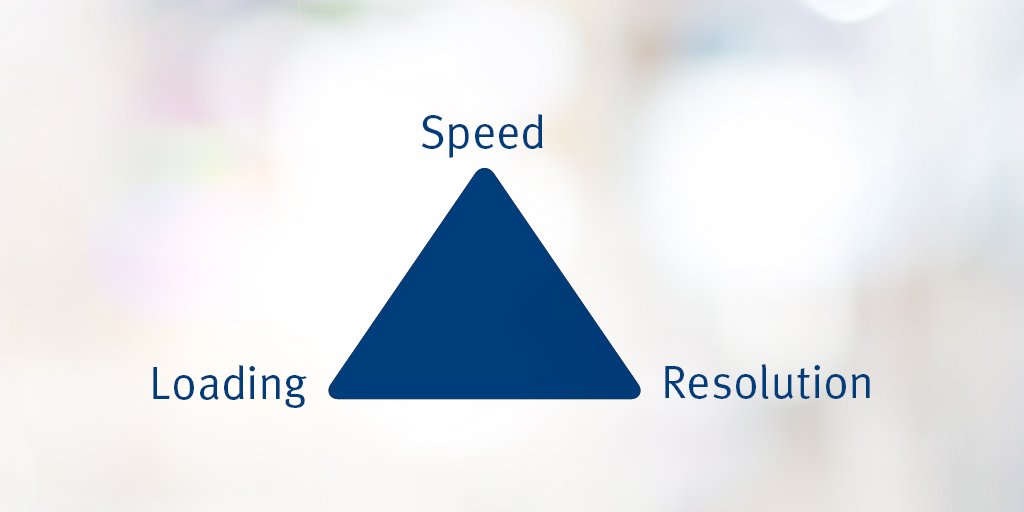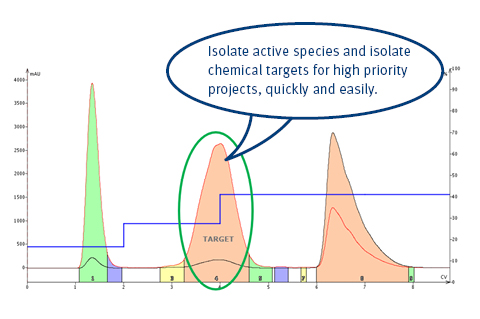Scale-up is a topic of paramount importance in the industry, drawing on inputs from safety, economic, regulatory and efficiency perspectives. Never before has so much attention focussed on chemical synthesis and workflow. The topic of scale-up is diverse but at its fundamental level, aims to fashion economically viable outputs from simple lab techniques and exploration based on the solid ground of scientific first principles. On scale-up; we often switch evaporation for crystallization, convert overnight lab-scale ‘convenience’ reactions to more effective sequences, think about whether those heat and energy inputs are really necessary, risk assess for runaways etc but how should we handle purification?
In recent years, the bar for efficiency has been raised, convergent synthesis, scaling-out (in combination with scaling-up) and telescoping have emerged as new best practice for the 'modern' synthesis. Now add the requirements of purification and it seems the industry has had a major challenge on its hands.
Historically 'chromatography' has been a bad word in the scale-up community, implicating the use of high-end expensive HPLC style equipment which could throw delicate process economics out of the window. In recent years, due to advances in stationary phase technologies, the technological gap between lab purification and high tech HPLC narrowed, and this translated into various development programs, enabling, for the first time, purification performance on scale-up that was previously thought impossible.

Flash chromatography can now use smaller spherical silica particles, with approximately double the surface area, meaning two times the nominal sample load, and smaller particles make for a more effective purification with less solvent consumption, and therefore reduced need for subsequent evaporation, which saves time, energy and cost. Utilization of large-scale flash purification technology has made the technique a viable choice for 'quick' multi-Kg scale processing or reprocessing of product. With many different chromatographic purification methods and technologies available, there is sometimes confusion about what is the most effective way to scale-up flash purification, and then how to do it.
 For example, if a lab scale purification column elutes a 27 mg of a pure compound at 5 minutes, what flow rate, or amount of sample, or mobile phase, or size of cartridge should be used to produce 1.2 Kg of that product, for initial clinical trials? And is it conceivable that the larger purification could use less solvent than the lab-scale run? And what backpressure will the proposed platform / system need to support?
For example, if a lab scale purification column elutes a 27 mg of a pure compound at 5 minutes, what flow rate, or amount of sample, or mobile phase, or size of cartridge should be used to produce 1.2 Kg of that product, for initial clinical trials? And is it conceivable that the larger purification could use less solvent than the lab-scale run? And what backpressure will the proposed platform / system need to support?

These are all valid and key questions that we will address in our step-wise guides and articles. We will dispel myths and show for even a novice chemist, robust principles that can be utilized for scale-up of potential commercial purifications. In this microsite, we've put together a collection of our most popular articles and resources, and will frequently update our pages with white papers and latest views from the industry. No filler, this is THE RESOURCE you can depend on. If you have a case study or an example that you would like to share with the global scientific community, please get in contact with your local Biotage representative and we'll be in touch.
If you're ready to move onto the next step of scaling-up your purification, read our blog from our in-house expert on scaling-up using Normal Phase Flash Chromatography:

 Organic Workflow
Organic Workflow Peptide Workflow
Peptide Workflow Scale-Up Flash Purification
Scale-Up Flash Purification  Sample Preparation
Sample Preparation Biomolecule Purification
Biomolecule Purification Oligo synthesis
Oligo synthesis Scavengers and Reagents
Scavengers and Reagents Service & Support
Service & Support Accessories & Spare parts
Accessories & Spare parts Investors
Investors Reports & News
Reports & News The Share
The Share Corporate Governance
Corporate Governance Calendar
Calendar Sustainability
Sustainability Our Offering
Our Offering Our History
Our History Our Locations
Our Locations Leadership
Leadership